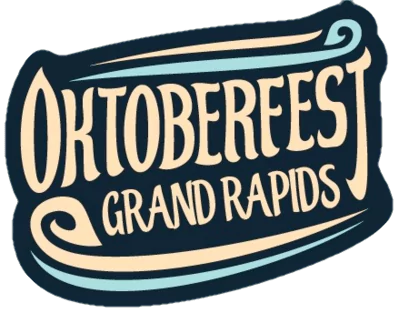History
History of Oktoberfest
Oktoberfest started in Bavaria (southern Germany) but has become loved all around the world as a celebration of good beer, good food, and warm camaraderie among friends. In 1810, Bavarian Crown Prince Ludwig married Princess Therese of Sachsen-Hildburghausen on October 12, and invited the citizens of Munich to their wedding celebration on the fields in front of the city gates.
The party lasted 5 days, and the main event was a horse race. The second year, an agricultural show was added to promote local farmers. In 1818, a carousel and two swings were added, and the party-goers were entertained by games such as wheel-barrow and sack races, barrel-rolling races, mush-eating contests, and goose chases.
About 50 years later, the first mechanical rides were featured, and soon after came beer halls, sponsored by local breweries. Eventually the festival became a two-week affair, and the starting date was changed to mid-September, to take advantage of better weather. The last horse race occurred in 1960, and now the agricultural show is put on only every four years.
Oktoberfest Today
Today, the Munich Oktoberfest is held on 103 acres filled with amusement rides, game booths, beer tents and gardens, and vendors selling souvenirs and a large variety of delicious German food. The party draws over 7 million people every year who consumer over two million gallons of beer.
Impressive, too, is the Costume and Riflemen’s Parade on the first Sunday of Oktoberfest, in which 7,000 people participate. Dressed in traditional Bavarian costume and historical uniforms, a huge procession of marching bands, riflemen, horses, carriages and floats makes its way through the center of Munich.
Learn more on Wikipedia.
